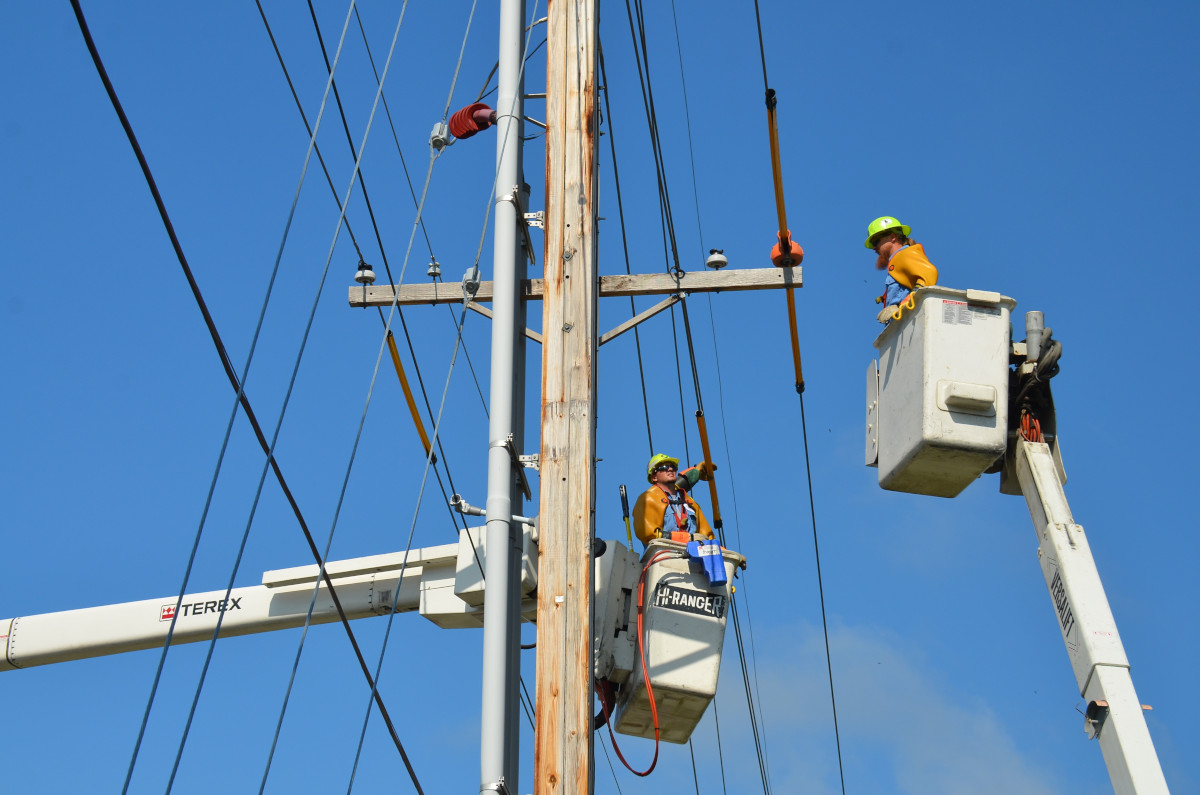I get it, it’s tough managing crews and teams in the field. Even with all the new technology available to us, there are still a large number of problems that you have to react to on a daily basis. Every contractor with crews we talked to has some degree of these challenges managing people in the field.
Lets break down why this is a problem: A Distributed Environment
The primary challenge managing crews in the field is the gap between the field and the office. Superintendents and Project Managers are managing crews over a wide area from a central office. This scenario is familiar, a central location and distributed teams that operate in a semi autonomous environment. I proudly served in the US Army, 82nd Airborne in what seems like a lifetime ago. The military operates in a similar environment with centralized command and distributed units (company/platoon/squad) operating in harsh conditions. Communication tools may be different but the challenges are similar: how to communicate to crews exactly what they are supposed to do with the right tools & materials and how and when to do it.
Operating in a distributed environment creates some inherent challenges:
- Communications: Without the ability to look someone in the eye to discuss an issue, you are at a disadvantage to clarify instructions. Our dependency on mobile phones in the field continues to increase. Mobile phones offer a way to better communicate, but what is said on a call may not be remembered ‘exactly’ and text messages are limited. Even with mobile phones as a tool, phones may or may not work on the job site for any number of reasons. Plan for mobile phones to fail as a real time communications tool.
- Materials: Most of the time, crews are supposed to pick up parts before they leave for the job site. Too often they don’t have all the parts they need, so someone ends up running parts to the job site. Joy. Another area of wasted time for the crew waiting on site for the parts and the poor soul who end up dropping everything they are doing to pick parts from a vendor and drive across town.
- Labor Management: Crews in the field need direction. Someone needs to be able to make decisions and be accountable for what happens on the job site. From a management standpoint, a Superintendent or Project Manager depends on a Foreman or Crew Chief to get work done. Having ‘one throat to choke’ or ‘one butt to kick’ is necessary for effective communication from the top down to the newest crew member (don’t really choke or kick anyone). The Military refers to this as the Chain of Command, many successful business management structures are similar because they work.
- Logistics: Getting the right people with the right tools and the right materials to the right location may seem simple but we all know it’s not. It’s near impossible to keep tabs on who has what certification needed for what project in the back of your head when scheduling people and resources. For any company with more than a couple of crews, the complexity of project work necessitates digital tools to manage, optimize, and deploy crews.
What can you do about it?
When —not if— things don’t go according to plan, make sure your crew lead or foreman has enough information to make a decision. There will be times that crews in the field will not be able to call you from their cell phones, so they need clear direction on what they can and can’t do. There is a really good book, even better on Audiobook “Extreme Ownership: How US Navy SEALs Lead and Win” by Jocko Willink and Leif Babin. In the book, the authors discuss the challenges (among other things) of effective communication in a distributed environment where units ‘must’ decide on the fly without the ability to call someone at HQ. One of the big takeaways from the book was that Jacko and Leif developed a process to make sure everyone knew what they were supposed to do and provide an overall “Mission Goal” that everyone could simply understand. The Mission Goal was critical for setting up the clear objective for leaders in the field to make better decisions.
With the current labor shortage, it’s becoming more important to manage crews effectively to increase labor productivity. This means getting more work done with fewer people. You should be doing this whether there’s a labor shortage or not. Part of your emphasis should be in evaluating and using the tools that help improve productivity as well as looking at your management and work process for improvements regularly.


